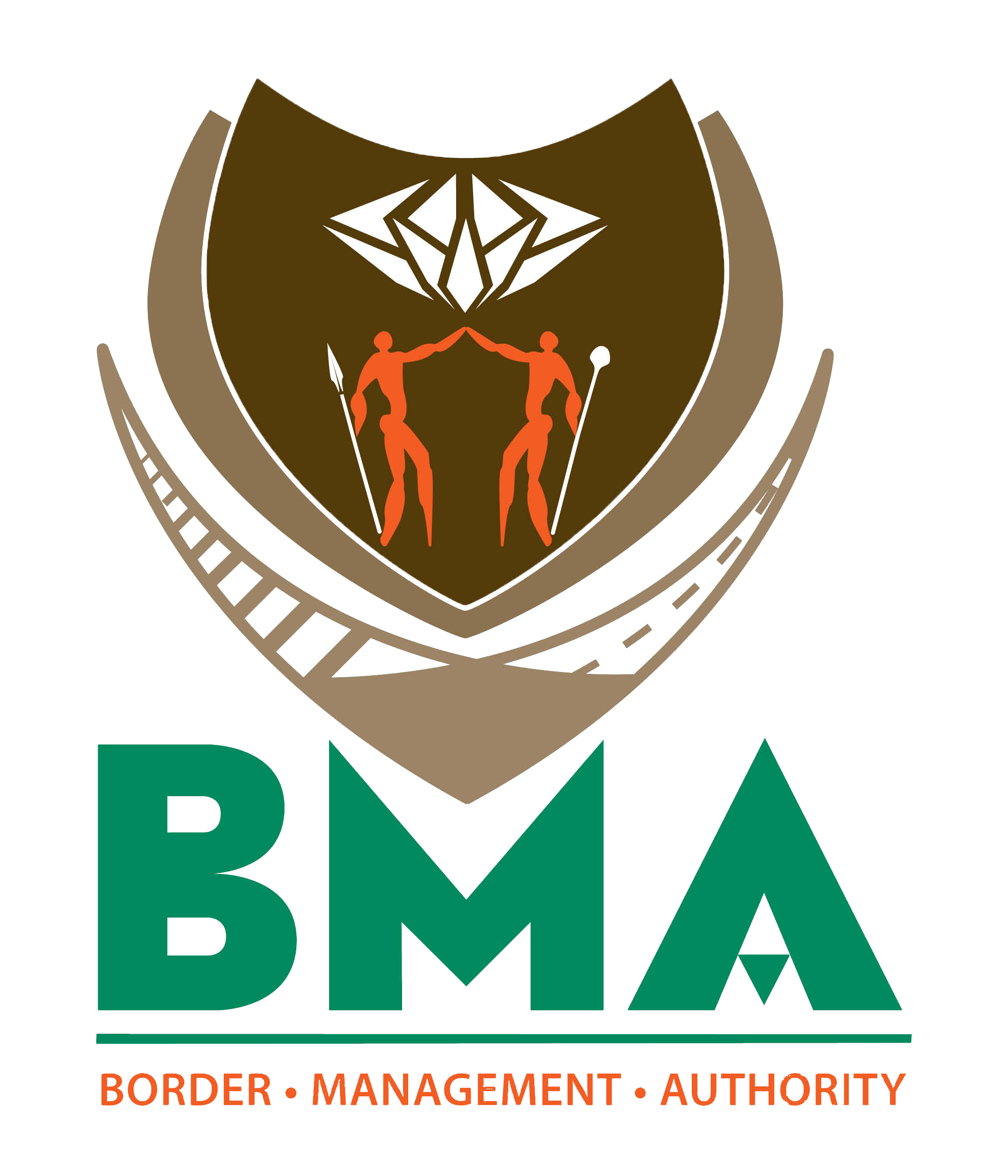WHAT IS THE BORDER MANAGEMENT AUTHORITY (BMA)?
On the 21st of July 2020, the Border Management Authority (BMA) Bill was Gazetted into law. The BMA Act aims to strengthen border control and give the Authority effective control at the ports of entry and within the border law enforcement area. In other words, the BMA will implement all border law enforcement functions across the land, air and maritime ports of entry and border law enforcement areas.
Border management in South Africa (SA) is currently exercised through collaborative efforts between some multiple organs of state. These organs of state perform functions in respect of individual mandates set out in a range of different pieces of legislation. Presently, about 9000 state officials, from at least six organs of state (Department of Home Affairs, the South African Revenue Service, Department of Agriculture, Land Reform and Rural Development, the Department of Forestry, Fisheries and the Environment, the South African Police Service and the Department of Health), are directly working at the country’s 72 Ports of Entry.
While coordination mechanisms exist, there is an agreement that more needs to be done to address the current systemic and structural management fragmentation.
This is necessary to improve efficiencies and effectiveness and to balance the facilitation of trade and travel whilst ensuring the country’s security.
The Border Management Authority (BMA) provides a sustainable solution to the structural and systemic challenges of border security, control and coordination by offering a new model of integration of the current disparate functions, roles and
responsibilities of the various organs of state operating in the border law enforcement environment. The integrated approach will result in a single chain of command and control, and resources will be pulled together under one umbrella to ensure the optimisation of funds allocated to border management activities.
The BMA is an organ of state established as a national public entity in terms of Schedule 3A of the Public Finance Management Act (PFMA), 1999, outside of the public service but within public administration, and as an armed service in terms of section 199(3) of the Constitution.
WHAT WERE THE CHALLENGES OF THE CURRENT MULTI-AGENCY APPROACH IN BORDER MANAGEMENT?
The fragmented approach to the coordination of border management activities has encountered a number of adverse consequences, i.e.
DID THE BMA TAKE CHARGE OF ALL PORTS OF ENTRY AT ONCE?
Careful planning informed the roadmap that guided the establishment of the BMA, including the risks and benefits of the incremental and bing-bang approaches. Given more than a decade lost in the legislative negotiation, as well as the current climate
in the country’s border law enforcement environment, the BMA was operationalized by 1 st April 2023, by which time it is expected to have been listed as a Schedule 3A Public Entity outside the public service but reporting to the Minister of Home Affairs and the Inter-Ministerial Consultative Committee on Border Management. The complexity and unprecedented nature of the multiple tasks, organisations, regulatory, staffing and budgeting matters involved cannot be
understated.
WHEN DID THE BMA BECOME OPERATIONAL?
The BMA is already established and an enabling legal framework has been developed. To date, the following milestones have been achieved in the operationalization of the BMA:
MANY BORDER COORDINATING STRUCTURES WERE PREVIOUSLY ESTABLISHED, WHAT WILL BE DIFFERENT ABOUT THE BMA?
There are many lessons learned from failures and successes since the advent of democracy in 1994. One such lesson is the attempt to coordinate the various government departments and agencies in the border management environment in the absence of binding legislation.
The coordination model made it voluntary for departments to participate in border management coordinating structures. Meanwhile, in line with international practice, South Africa needed a bold integrated approach to border management under the prevailing democratic dispensation.
The integrated approach seeks to address and ensure safe and legitimate human movement, the rights of migrants, the country’s national interests, fair trade facilitation, environmental protection, biodiversity imperatives and the realisation of the global, African and domestic development goals.
HOW WILL BMA AFFECT THE WORK OF GOVERNMENT, TRAVELLERS, TRADERS AND OTHER COUNTRIES?
WILL THE BMA TAKE CHARGE OF ALL PORTS OF ENTRY AT ONCE?
Careful planning has informed the roadmap that guided the establishment of the BMA, including the risks and benefits of the incremental and bing-bang approaches.
Given more than a decade lost in the legislative negotiation, as well as the current climate in the country’s border law enforcement environment, the BMA will be fully operationalized by 1st April 2023, by which time it is expected to have been listed as a Schedule 3A Public Entity outside the public service but reporting to the Minister of Home Affairs and the Inter-Ministerial Consultative Committee on Border Management.
The complexity and unprecedented nature of the multiple tasks, organisations, regulatory, staffing and budgeting matters involved cannot be understated.
WHAT WILL BE THE KEY FUNCTIONS OF THE BORDER GUARDS?
OTHER RESPONSIBILITIES OF THE BORDER GUARDS
At the various vulnerable segments of the borderline, the Border Guards are expected to conduct patrols and intercept individuals who for various reasons avoid using the dedicated PoEs and opt to enter and exit the country via the borderline. Border Guards are expected to enforce compliance to the overall immigration laws at the border law enforcement area and process all illegal migrants for deportation to their respective countries of origin.
